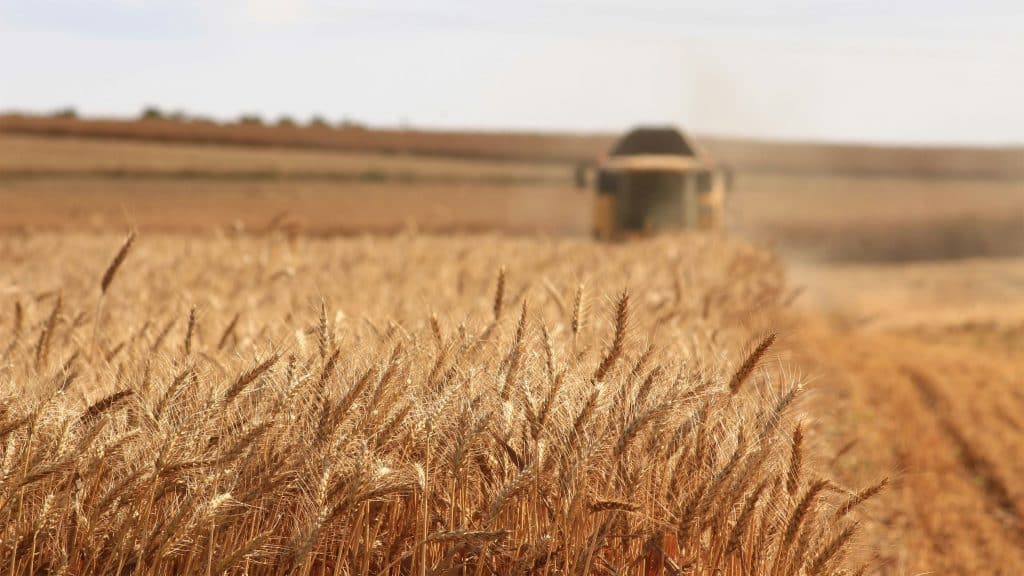By: Rachelle Frets, Manager of Government Relations, Hailey Farrow, Marketing Manager, and Zac Byrd, Marketing Associate, on behalf of CostQuest Associates.
Over the years, numerous federal initiatives have aimed to connect America’s most rural areas with dependable broadband services. Today, the benefits of reliable internet access are widely acknowledged – be it for telehealth, online education, access to job opportunities, and much more. As new technologies continue to advance critical functions in our daily lives, there is now a growing need for high-speed internet to support new technologies and methods powering precision agriculture.
What is Precision Agriculture and why does it matter?

Precision agriculture is a general term to describe farming tools based on observing, measuring, and responding to variables in the field. Farmers and farming organizations have been able to revolutionize the way they manage their operations and improve crop yields through modern agriculture practices and advanced technologies. Some of these practices include:
- Real-time Data Collection: Cameras, drones, and sensors can be placed throughout the field to transmit data on soil conditions, weather patterns, crop health, and more.
- Remote Monitoring & Sensing: By utilizing high-resolution cameras and sensors, farmers can monitor crops, livestock, and machinery remotely, enabling them to quickly identify and respond to issues such as pest problems, disease outbreaks, nutrient deficiencies, and equipment malfunctions.
- Smart Irrigation: Efficient water usage by controlling irrigation systems based on real-time data, weather forecasts, and soil moisture levels.
- Variable Rate Technology (VRT): This technology enables the application of inputs (like fertilizers and pesticides) at variable rates across a field, depending on the requirements of specific areas.
- Automation and Robotics: Automated machinery such as tractors and harvesters equipped with advanced sensors and AI can perform tasks like planting, watering, and harvesting efficiently and with minimal human intervention.
Precision agriculture methodologies promote efficiency, sustainability, and protection of the environment and farmlands through technological integration and data-driven farming practices. The more precision agricultural practices farmers can adopt, the more efficient they can be with their resources to produce crops and manage their lands.
Internet access to support Precision Agriculture
The practices listed above are just a few methods that farmers can implement – but these innovations can only be utilized if internet access is improved for agricultural lands.
5G technology could be one of the high-speed internet solutions to bridge the connectivity gap for agricultural lands and deliver advanced technological opportunities to the last acre.
To boost precision agriculture practices, the initial step involves identifying agricultural lands that are currently served, underserved, and unserved with high-speed internet and determine which facilities on these lands require additional services. Then work towards solutions to fund and deploy improved services to close the connectivity gaps.
The social, environmental, and economic benefits of precision agriculture are evident, the challenge that remains is getting them connected to high-speed broadband. The good news is solutions are currently in the works to:
- Provide funding to deploy internet infrastructure to rural and agricultural areas
- Inform where connectivity gaps are for agricultural lands
- How to expand 5G or other high-speed internet solutions to support agriculture
Stay tuned for future articles as we delve more into the solutions coming down the pike to boost internet connectivity for precision agriculture.
Resources:
Benefits and Evolution of Precision Agriculture – U.S. Department of Agriculture
Smart Sensors and Smart Data for Precision Agriculture: A Review – MDPI